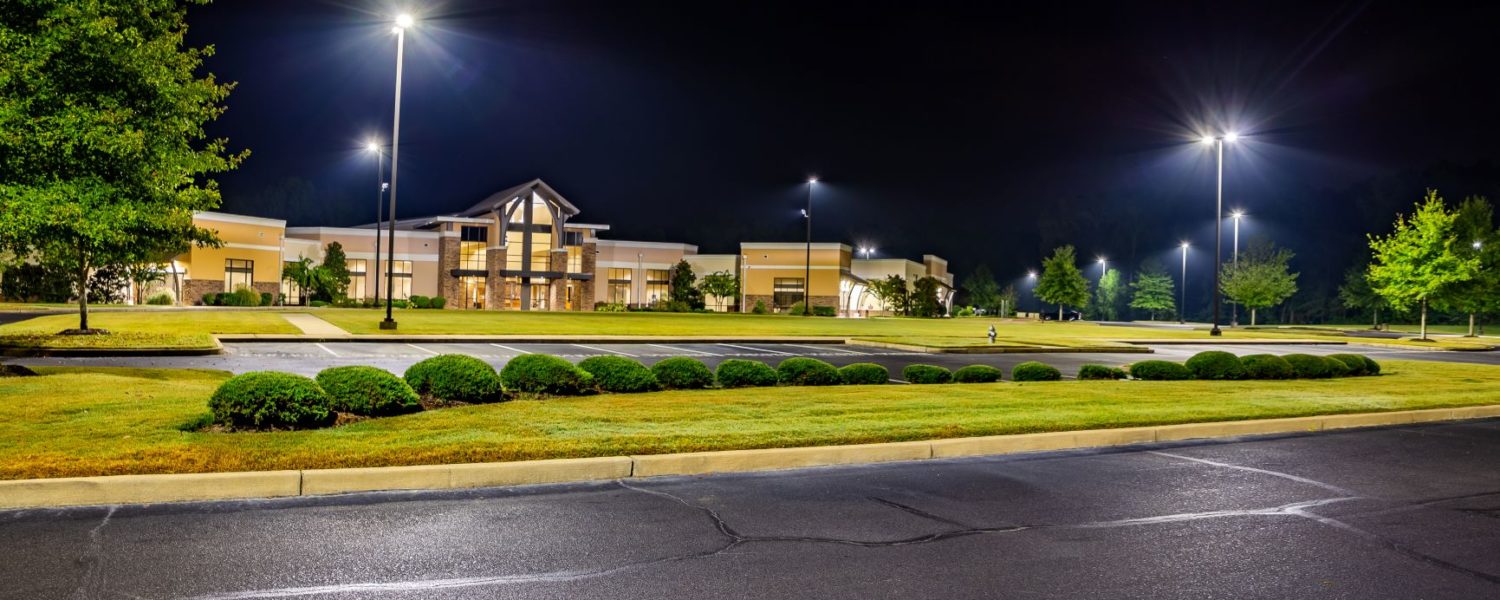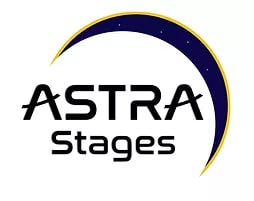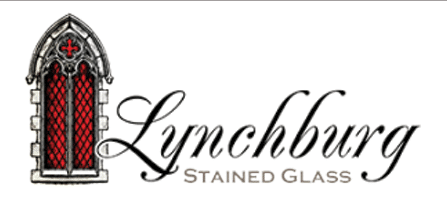By Aaron Schafer
In an effort to be good financial stewards during the COVID-19 crisis, many churches have turned to an unlikely ally: energy efficiency.
Across the country, churches are grappling with a new reality as a result of COVID-19. While many churches have begun to transition back to in-person gatherings, there are still more unanswered questions than there are answers.
For many churches, giving has stayed strong, while others have experienced a steep decline. In both cases, COVID-19 has made long-term vision very difficult to have.
In an ongoing search for ways to be good stewards of the resources their congregations have still been blessed with, many churches have been turning to an unlikely ally: energy efficiency.
“We were not entirely sure what to expect at the beginning of the COVID-19 outbreak,” says Kevin Johnson, chief executive officer of Power of Clean Energy. “However, we have actually found that a large number of churches are looking for ways to save money each month, since that is the single greatest thing they can control at this time. Energy efficiency is a great way to do that.”
Energy efficiency can take many forms for churches. “Go Green” initiatives can often include high-efficiency HVAC equipment, energy management software, HVAC control systems, insulation, solar power, and more.
However, when it comes to return on investment, most churches find that their biggest saving opportunity lies in converting to LED lighting.
Being a Good Steward of Your Finances
The factor that has made the largest difference for so many churches around the country that have recently decided to “Go Green” is the ability to finance projects. For the savvy church administrator and finance committee, it is easy to see why this approach holds so much appeal.
By paying off a project over a 5-7 year period, churches are finding themselves in a situation where the money they are saving each month on their utilities is actually greater than the monthly payment on the project. This results in the church seeing an overall decrease of several hundred dollars in their monthly operating expenses, on top of the energy savings paying for the entire cost of the facility upgrade.
“That is the biggest mindset shift we have seen in our clients,” Johnson continues. “Churches used to be allergic to the word debt, but more churches are starting to look at their energy bill as a different form of debt, one they can never actually pay off. They would much rather see that same money go towards upgrading their facility.”
Many churches have considered “Go Green” initiatives, especially LED lighting conversion, over the years, but have not taken the plunge due to the large, up-front investment. Even though church leaders see the opportunity to save significant money each month, once the project has paid itself off, it can still be challenging to go in front of a congregation with a capital campaign for LED lights.
Congregations are typically more enthusiastic about giving to a new children’s wing, a church plant in a new city, or an overseas mission they want to support. Because those are such wonderful things, it is much harder to inspire a body of people to invest in an LED lighting conversion project whose return on investment, through energy savings, will pay for itself over the course of 3-5 years.
By removing the need to dip into the budget or run a separate, capital campaign, churches have been able to make incredible upgrades to their facilities, allow their energy savings to pay for the project, and save money starting the very first day.
Faith Presbyterian Church in Huntsville, Alabama, recently converted all of their lighting to LED, and the church has been thrilled with the upgrade to the facility, along with the instant savings they have realized as a result of the project.
“We have been incredibly pleased with all of the work that was done by PCE’s team, converting our facility to LED lighting,” said Dr. Tom Lovell, pastor at Faith Presbyterian. “The new lights look amazing, and in the first two months after the project, we saw our electrical bill reduced by 50 percent.”
Not only is Faith Presbyterian going to be saving over $140,000 over the next 10 years because of their upgrade, they are also having a significant impact on the environment. The environmental impact of their project is the equivalent of Faith Presbyterian planting 1,693 trees or taking 18 average American houses off the grid permanently.
This positive impact projects can have on the environment has become increasingly important to congregations around the country, who are completing energy efficiency projects. When congregations realize just how much energy can be saved, along with the environmental impact, going green can quickly go from logical and practical financially, to inspiring.
The key for churches interested in energy efficiency as a way to save money is to simply decide to start. Whether it is working with a company that specializes in collaborating with churches on larger projects, or simply doing it yourself as a congregation, there has never been a better time to take steps towards energy efficiency.
Once your church takes this first step in realizing the ability to do more than merely save money, and to actually improve your financial picture from day one, you will most likely end up having the same reaction as other churches, upon starting, and ask, “What can we do next?”
Aaron Schafer is director of sales and marketing for Power of Clean Energy (PCE), a Nashville-based company that primarily works with churches and private schools on energy efficiency projects, such as LED lighting conversion, HVAC control systems, and other projects, to lower energy consumption, www.powerofcleanenergy.com.













